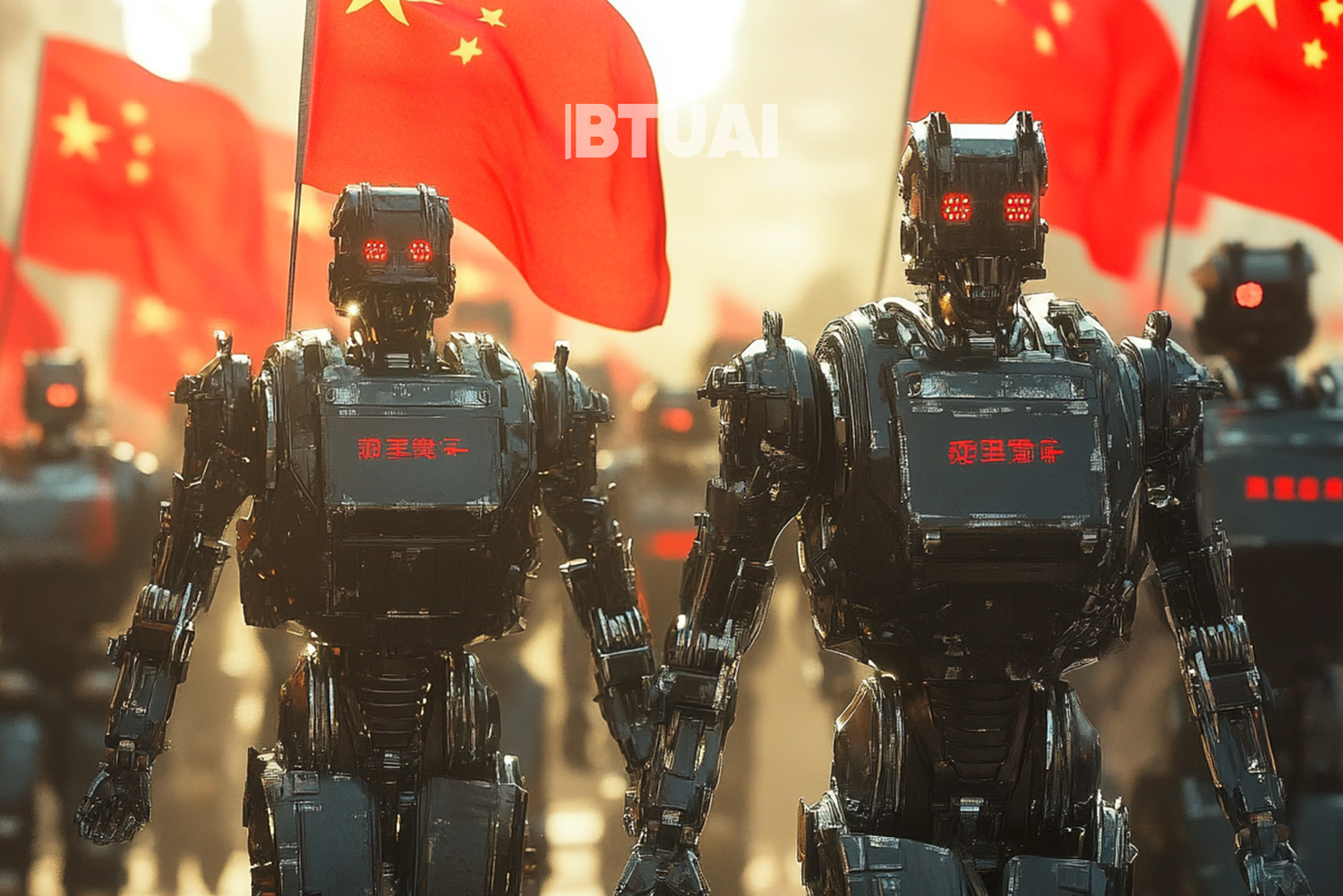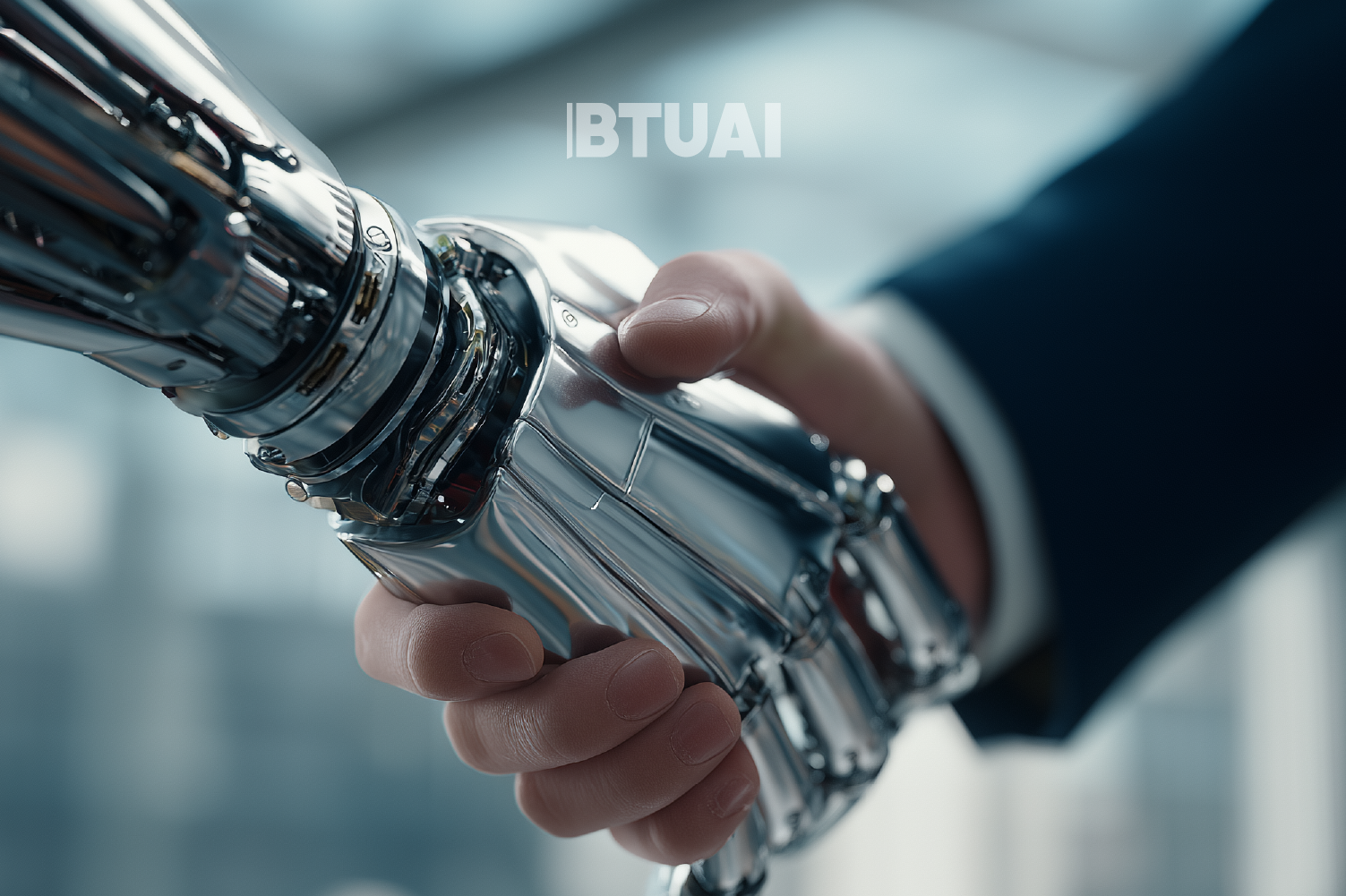China’s Robots: The Warriors of the Future and Pillars of Economic Power
In recent years, China has launched major offensives across multiple fronts of the tech world. Yet no sector is

In recent years, China has launched major offensives across multiple fronts of the tech world. Yet no sector is more symbolically or strategically significant than robotics. Today, Chinese-made robots are not only performing heavy industrial labor — they’re dancing, building cities, and most controversially, participating in military exercises armed with automatic weapons. For Beijing, robotics is not merely an economic priority but a central force in its future technological dominance — and China’s pursuit of that goal is far more determined and far-reaching than many anticipated.
At the heart of this movement is Unitree Robotics, a Hangzhou-based company that has become a symbol of China’s tech advancement. If 2023’s DeepSeek AI was China’s answer to ChatGPT, then Unitree is its equivalent in robotics. The company now holds 60% of the global market share in quadruped robots, standing toe-to-toe with U.S. giant Boston Dynamics.
Unitree’s robots have moved beyond industrial automation — they’ve appeared on mainstream stages: dancing in traditional costumes on Chinese TV shows, participating in Beijing’s Winter Olympics, and even performing at the U.S. Super Bowl alongside Jason Derulo. This is just one facet of a broader mission: to transform China into a global high-tech superpower.
China’s robotics surge is no accident. It’s backed by high-level national coordination — a state-led policy that sees robotics and AI as engines for national security and economic growth. At this year’s “Two Sessions”, China’s largest annual political gathering, the term “intelligent robots” was included for the first time in the official government agenda. This was followed by the creation of a new $13 billion national fund for robotics and AI, while regional innovation hubs like Shenzhen and Guangzhou launched their own support programs.
The result is staggering: over 500,000 robotics-related companies are now registered in China — three times more than in 2020. Yet beyond sheer numbers lies China’s systemic strategy: integrating robotics with battery tech, automotive manufacturing, and AI to create a fully synergized innovation ecosystem.
At the center of this is Wang Xingxing, Unitree’s founder, born in 1990 and now a rising figure in China’s tech elite. His first quadruped robot prototype emerged during his graduate studies, and he soon founded Unitree with a mission: “to free people from monotonous labor.” In Wang’s vision, future humanoid robots will reshape entire industries, from agriculture to construction — even building cities from scratch using thousands of autonomous machines.
Affordability is part of China’s competitive edge. A Unitree robot dog costs just $1,600, while a humanoid version is priced around $16,000 — starkly lower than Boston Dynamics’ offerings, which exceed $75,000. This pricing strategy reflects China’s broader economic model: mass industrialization of innovation at low cost. The state doesn’t just invest in the technology, but in the entire supporting ecosystem — allowing it to win not just in quality, but in scale and price.
Yet this technological momentum has a darker side — particularly in military applications. A video released by Chinese state media, showing a Unitree robot dog armed with a machine gun during a military drill, has raised serious ethical and geopolitical concerns. Though the company claims it does not sell to militaries and has signed a declaration against weaponizing robots, the tight ties between state and enterprise suggest otherwise.
Meanwhile, U.S. lawmakers are sounding the alarm. In Washington, concern is growing that falling behind in the robotics race could put the U.S. military in a dangerously vulnerable position. Some senators have stated outright that losing technological superiority could be catastrophic on future battlefields. This is no longer speculative — it’s a present-day competition where technology itself may become the decisive weapon.
For Wang Xingxing, however, the goal remains simple: freeing people from routine labor and giving them freedom of choice — whether to work, or simply to enjoy life. “In the future,” he says, “everyone should be able to do what they truly want.”
But as China builds an army of robots — for dancing, building, and possibly fighting — the rest of the world must now ask itself: how should we respond to this technological challenge, and what kind of future do we want for humanity, now facing its metal mirror.
Source: Based on materials from The Washington Post




